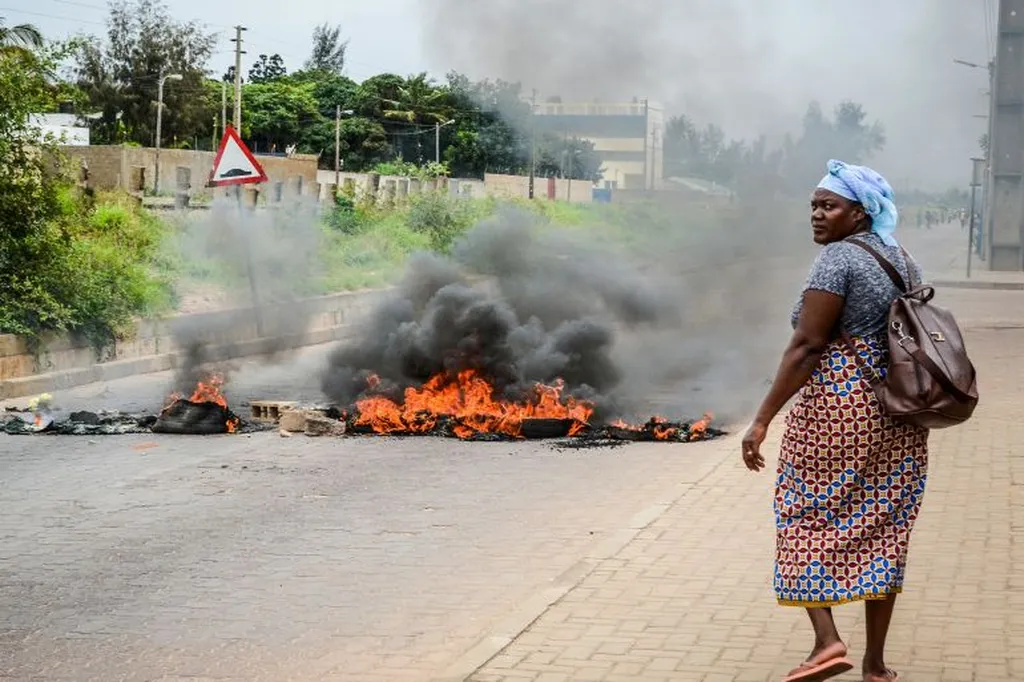In the heart of Sudan, the agricultural landscape of Al Jazirah State has been undergoing significant transformations, and a recent study has shed light on the intricate dance between environmental factors, political dynamics, and vegetation changes. Led by Hossam Aldeen Anwer from the Department of Geomatics Engineering at Omdurman Islamic University, the research leverages remote sensing technology to unravel the complexities of vegetation dynamics in this critical region.
Using the Normalized Difference Vegetation Index (NDVI) and data from Sentinel-2 imagery processed through Google Earth Engine (GEE), Anwer and his team conducted a comprehensive analysis of vegetated areas from 2016 to 2024. The findings are both revealing and concerning. The study, published in the Journal of the Saudi Society of Agricultural Sciences (translated to English as the Journal of the Saudi Society of Agricultural Sciences), highlights a substantial expansion in vegetated area, peaking in 2020, followed by a sharp decline post-2019.
“The agricultural landscape of Al Jazirah State has been significantly influenced by environmental and socio-political factors,” Anwer explained. “Our research aimed to quantify these changes and understand the underlying drivers.”
The initial findings indicate a peak in vegetated area at 8044.128 square kilometers in 2020, which then plummeted to 3384.544 square kilometers by 2024, marking a 42% reduction. This decline is attributed primarily to socio-political unrest, including the December 2019 revolution and the conflict in December 2023. Despite stable climatic variables, political dynamics emerged as the primary driver of observed changes.
“Political instability has had a profound impact on agricultural productivity,” Anwer noted. “This underscores the urgent need for stable governance and effective land management policies to ensure sustainable development.”
The study also revealed that precipitation was the most important element affecting vegetation development, with a correlation coefficient of 0.89. Temperature had little effect, with a correlation coefficient of 0.04. Negative correlations between temperature and rainfall (r = -0.57) and between humidity and rainfall (r = -0.58) further highlight the role of rainfall in vegetation dynamics.
The implications of this research extend beyond academia, particularly for the energy sector. Understanding vegetation dynamics is crucial for bioenergy production, carbon sequestration, and land-use planning. The study’s findings can inform policy decisions and investment strategies, ensuring that agricultural and energy sectors are resilient to both environmental and political changes.
As Anwer’s research demonstrates, the interplay between environmental and socio-political factors is complex and multifaceted. By leveraging advanced remote sensing techniques, we can gain valuable insights into these dynamics and pave the way for sustainable development. The study’s emphasis on the need for stable governance and effective land management policies serves as a call to action for policymakers and stakeholders alike.
In a world grappling with climate change and political instability, Anwer’s work offers a beacon of hope and a roadmap for navigating the challenges ahead. As we continue to explore the intricate web of factors influencing our planet’s ecosystems, one thing becomes clear: the future of agriculture and energy lies in our ability to adapt, innovate, and collaborate.

